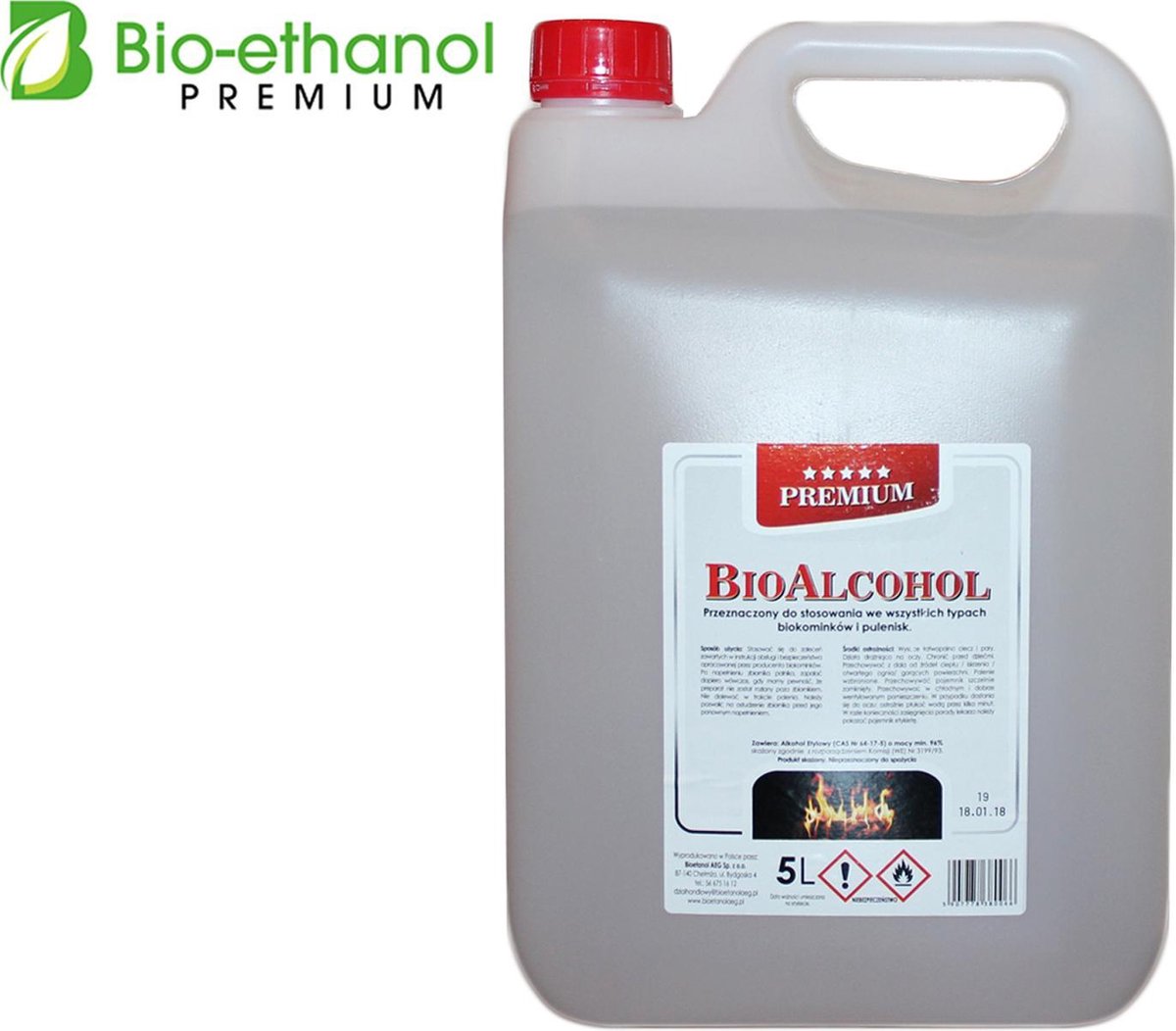
Premium BioEthanol bioethanol 100 biobrandstof 5 liter
D. Ibrahim. Bioethanol was produced from the three different agro-industrial biomass residues, i.e., sugarcane bagasse (SB), rice husk (RH) and corn cob (CC)) at 35°C, 120hr with 90g of each.

Bioethanol blikken, branderset 0,5 liter met spaarplaten. Avantius
Ethanol can be used in blends with gasoline in which the percentage of ethanol into the mixture varies from 5% (E5) to 100% (E100). E10, a fuel mixture of 10% anhydrous ethanol and 90% gasoline, sometimes called "gasohol", is used in the internal combustion engines of modern automobiles and light-duty vehicles without modifications on the engine or fuel system.
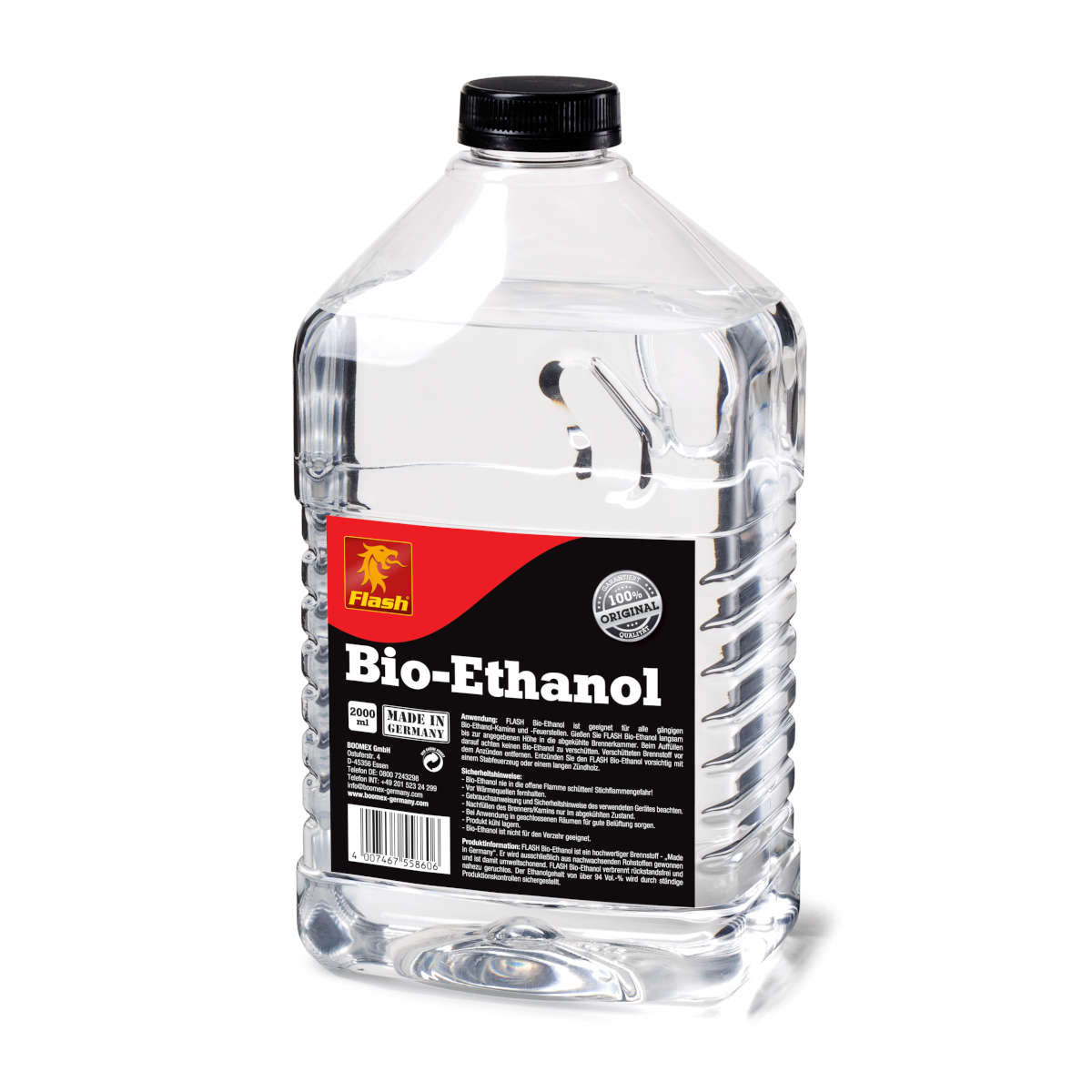
55860 BioEthanol 2000 ml Boomex Kohle & Grillanzünder
Lignocellulosic biomass is a sustainable alternative that produces new-generation bio-based chemicals, such as biofuels, food additives, enzymes, and others [1,2,3]. Lignocellulosic biomass includes all kinds of agricultural wastes, forestry residues, and feedstocks, as well as marine algae, and it can be provided on a large-scale platform from all kinds of materials [ 4 , 5 ].
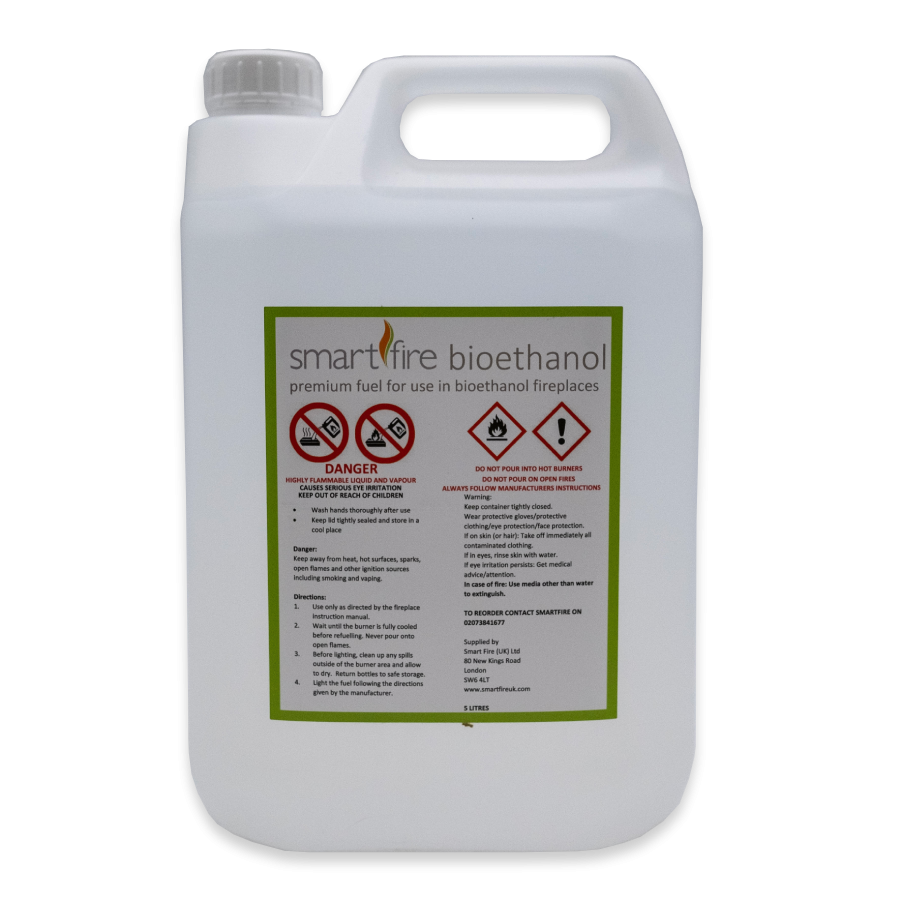
5ltr Bio Ethanol
Bioethanol is currently being considered as a potential replacement for the conventional gasoline, especially as it possesses similar and some superior qualities enabling reduction in GHG and increases fuel reserve. Bioethanol used for commercial purposes is usually produced from edible feedstocks such as corn and sugar cane which increases the production cost. The high cost of these.

Bio ethanol 1000 ml Blokker
Abstract. Bioethanol is ethanol, or ethyl alcohol, produced by biological methods. It is among the best established biofuels. Bioethanol is used mostly as an additive to gasoline (petrol). Engines capable of burning pure or anhydrous ethanol are now available and coming into increasing use.
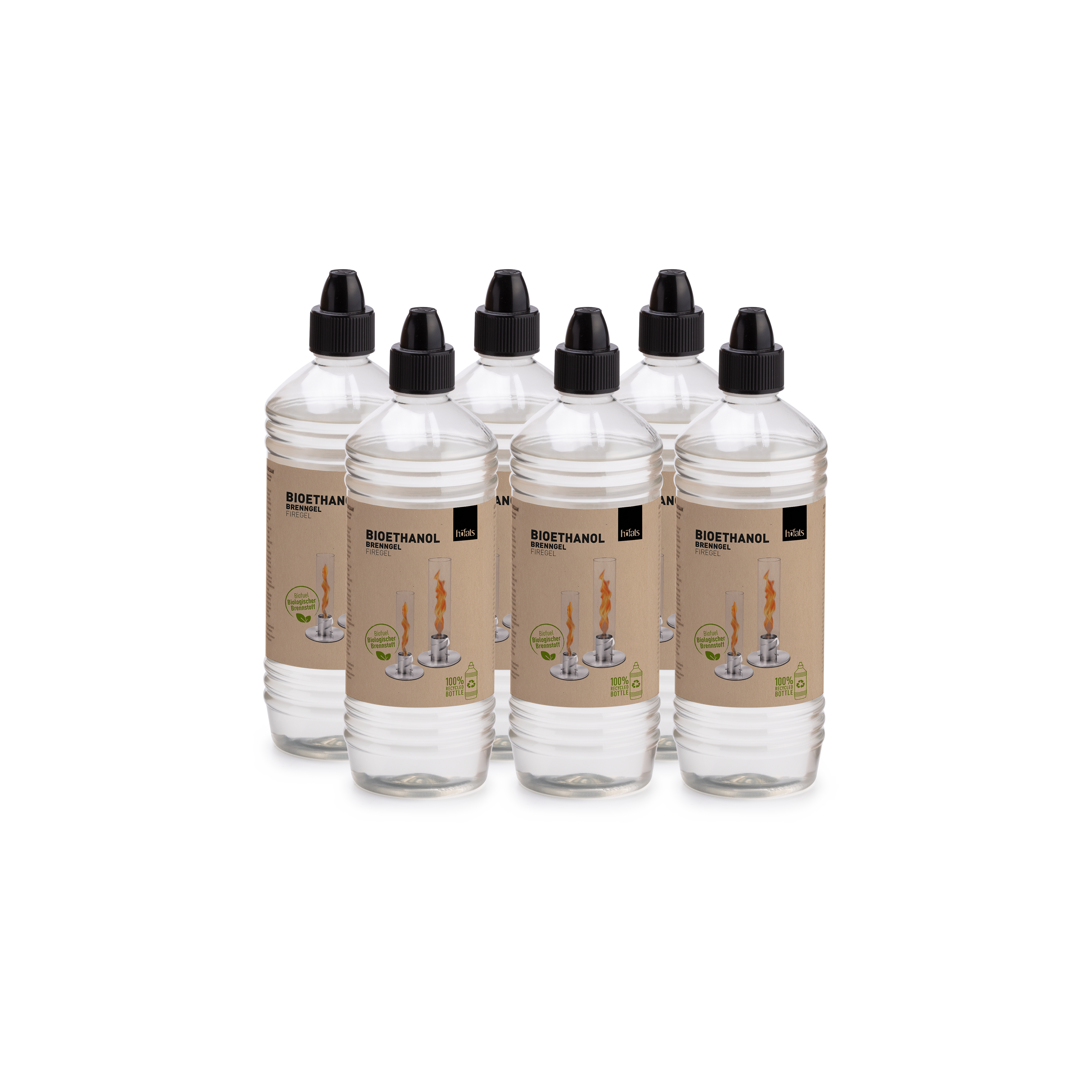
Höfats Bio Ethanol 6er Pack AMS Montabaur
Biofuels. Yaser Dahman,. Banafsheh Mohtasebi, in Biomass, Biopolymer-Based Materials, and Bioenergy, 2019. 14.10.2 Bioethanol. Bioethanol is a liquid biofuel that is produced through ABE fermentation of several different types of feedstock such as corn, soybeans, wheat straw, woodchips, and more recently microalgae. Bioethanol is a renewable biofuel that is also oxygenated (35% oxygen.
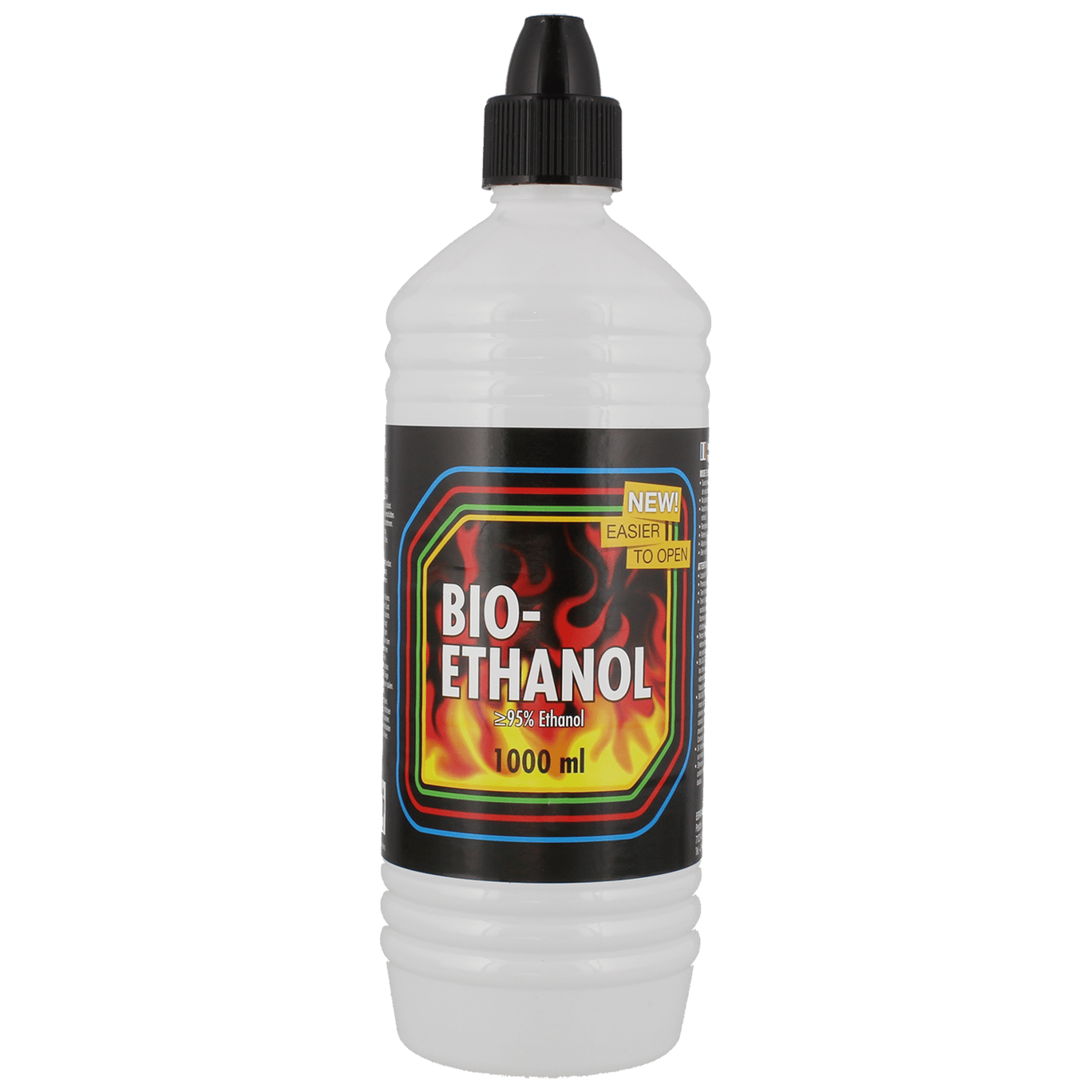
Espar bioéthanol
Abstract. Bioethanol is ethanol (C2 H 5 OH), or ethyl alcohol, produced by biological methods. It is among the best established of biofuels. Bioethanol is used mostly as an additive to gasoline (petrol). Engines capable of burning pure or anhydrous ethanol are now available and coming into increasing use.

20 delige Bioethanol branderset 0,5 Liter (Set 7)
Biofuels emerged as a promising alternative to fossil fuels [5. 7]. Among them, bio-ethanol is one of the most attractive as it can substitute gasoline [8. 11]. As a result, several countries, including the USA, Brazil, China, Canada, India, Thailand, Argentina, and many EU members, have already proclaimed commitments to reducing their dependence
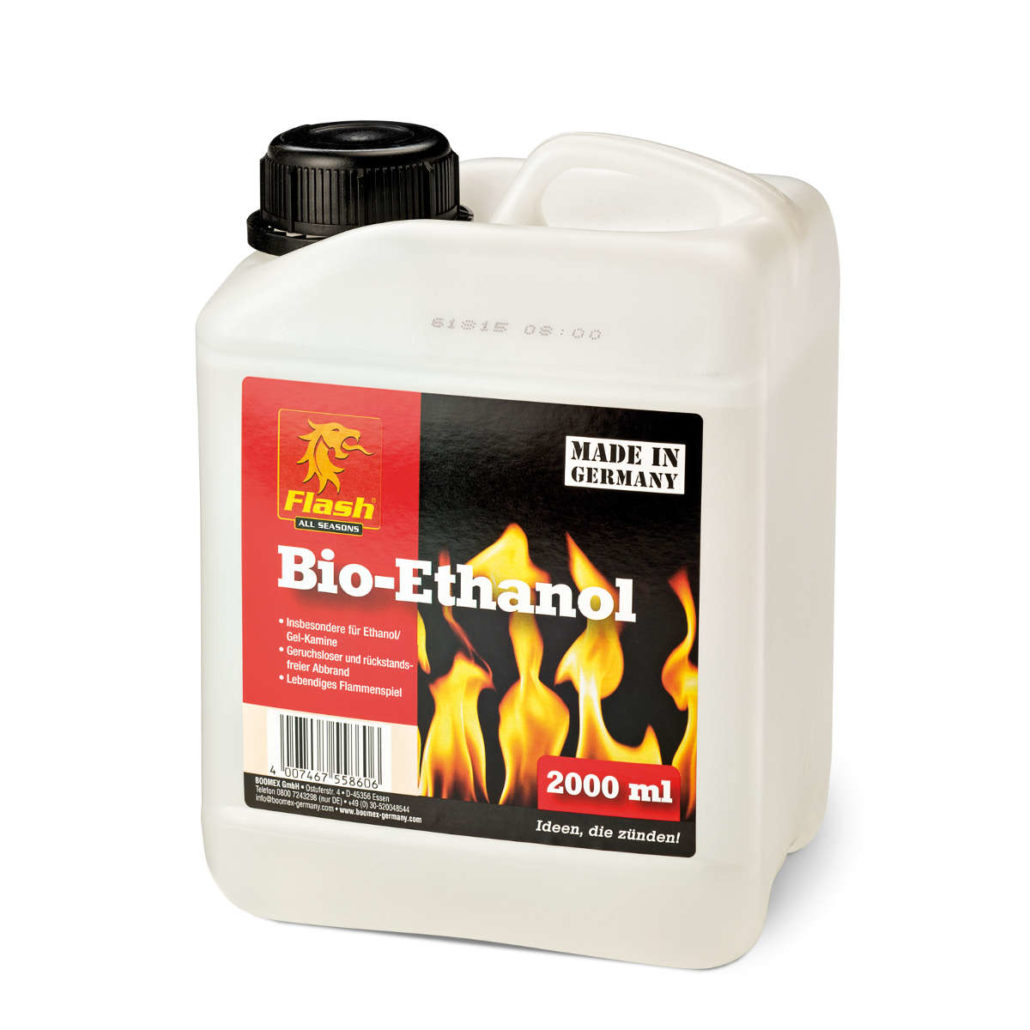
BioEthanol 2000 ml BoomexGermany Kohle und Grillanzünder
Bioethanol is a potential alternative energy source that, through investment into infrastructure and its related industries, can lead the way in reducing emissions. The purpose of this article is to highlight bioethanol's advancements in various industries and its future in those industries.

Bioethanol blikkenbranderset 0,5 liter3 blikjes Avantius
Fuel ethanol production in 2020 was estimated at 28.66 billion liters, which also showed a 17% decline from the previous year. Corn-based ethanol production was reported at 2.5 billion liters, a rise of 1.17 million liters in contrast to the revised figure for 2019 as per The Brazilian Corn Ethanol Union . While ethanol from cellulosic biomass.

Farmlight Bio Ethanol Stuk 2 liter Sligro.nl
Primary hydrolysis stage involves the action of endoglucanases and exoglucanases on the surface of solid substrate, resulting in the release of oligosacharides (up to 6 glucose units in chain) into liquid phase.. Sustainable bio-ethanol production from agro-residues: A review. Renew Sustain Energy Rev. 2015; 41:550-67. 10.1016/j.rser.2014..

Bioethanol
After a strong increase mainly driven by the emergence of the United-States as a key player in the ethanol industry, the growth in biofuel production has slowed down considerably over the 2010-2019 decade, as it is presented in Fig. 1.2, and market prices have fallen.Global biofuel production has increased ninefold in 20 years, but the growth of biofuel production has slowed down.
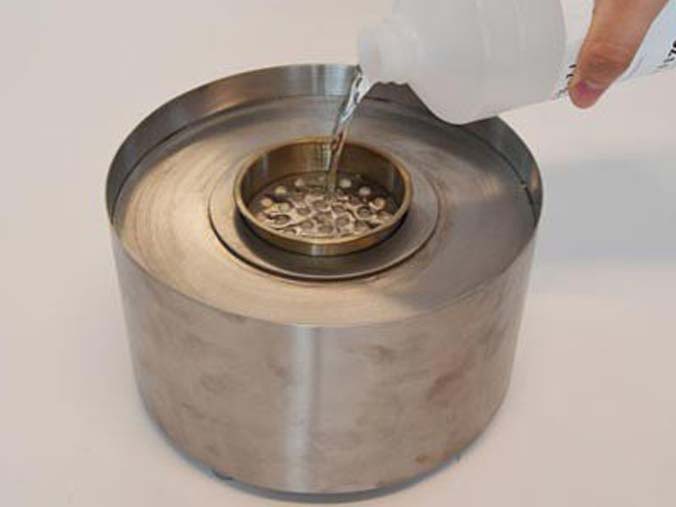
kapacitás Csendben Játékos bio ethanol blikjes Társalgás Időben ajak
Bioethanol is producing using familiar method, such as fermentation with the help of yeast and optimizing by several factors that influences the process for bioethanol production such as temp, pH,.

kapacitás Csendben Játékos bio ethanol blikjes Társalgás Időben ajak
Bioethanol is considered as a clean and renewable fuel with major environmental benefits. It can be produced from different kinds of renewable feedstock: sugarcane, corn, wheat, cassava (first generation), cellulose biomass (second generation), and algal biomass (third generation) (Baeyens et al., 2015 ).

Bioethanol blikkenbranderset 0,5 liter3 blikjes Avantius
Next, the biomass was processed by SSF method, using for hydrolysis, and for the fermentation a cellulolytic enzyme cocktail Cellic CTec2 and high-ethanol-tolerant industrial Saccharomyces cerevisiae strain "Ethanol Red". Highest bioethanol concentrations reached were of 47.8 g/L for almond shells, 41.1 g/L for olive pruning, and 21.4 g/L for vineyard pruning.

Hawai Tropical
Bioethanol is primarily produced by yeast fermentation from agricultural residues as an alternate source of energy. The most recognizable renewable energy source is lignocellulosic material [ 2 ].